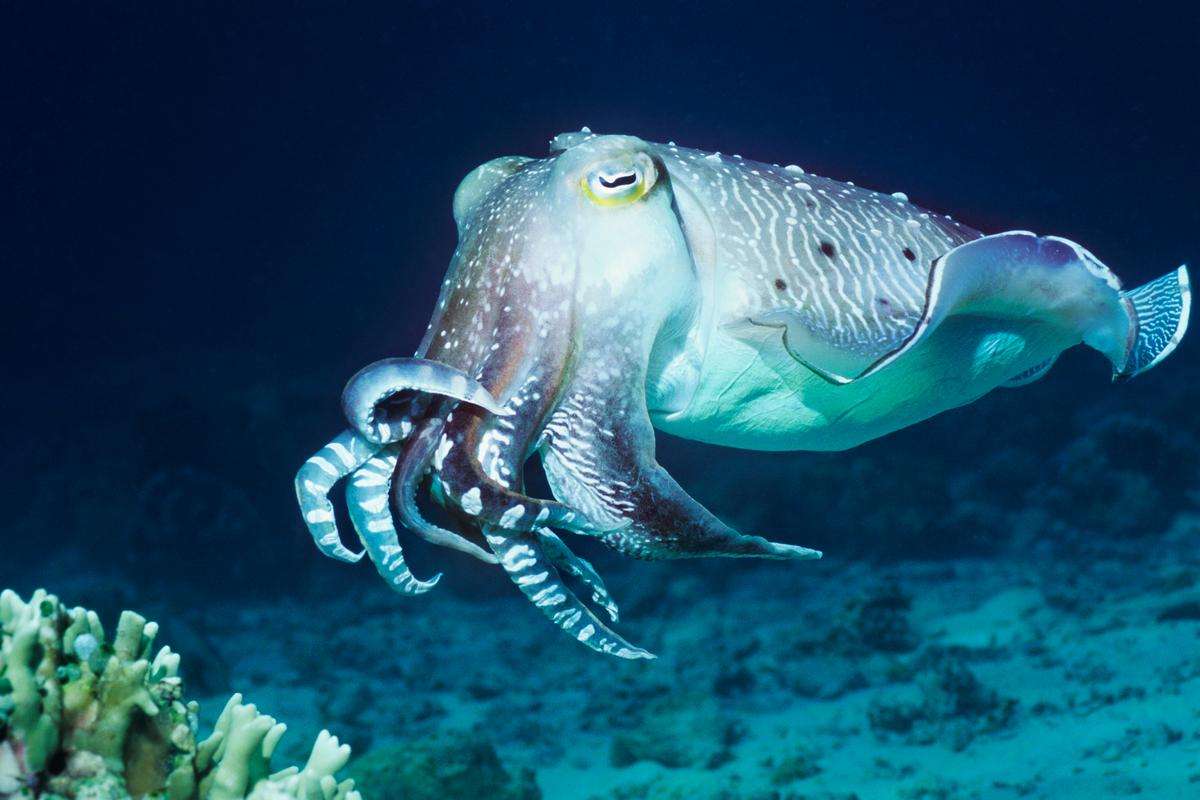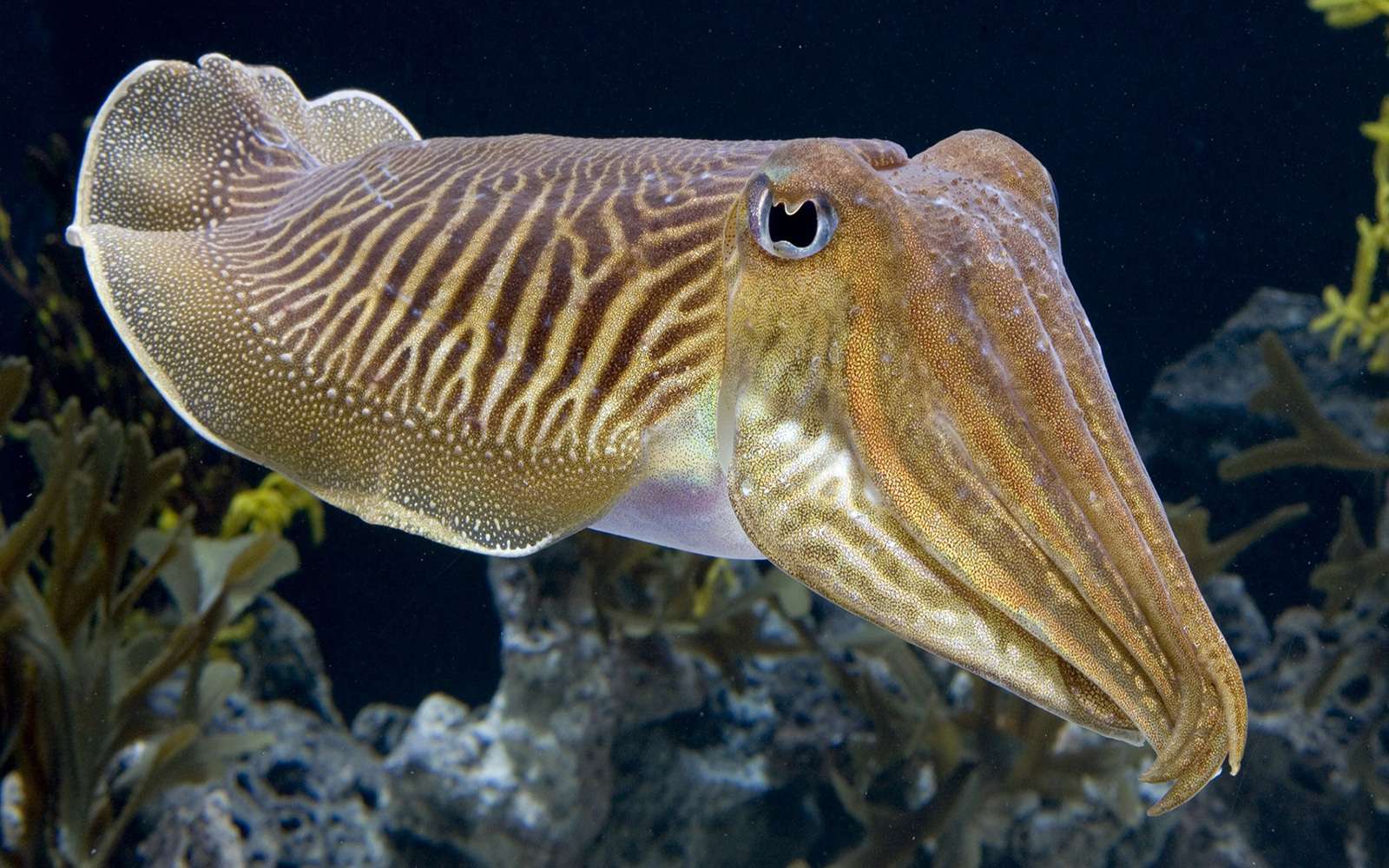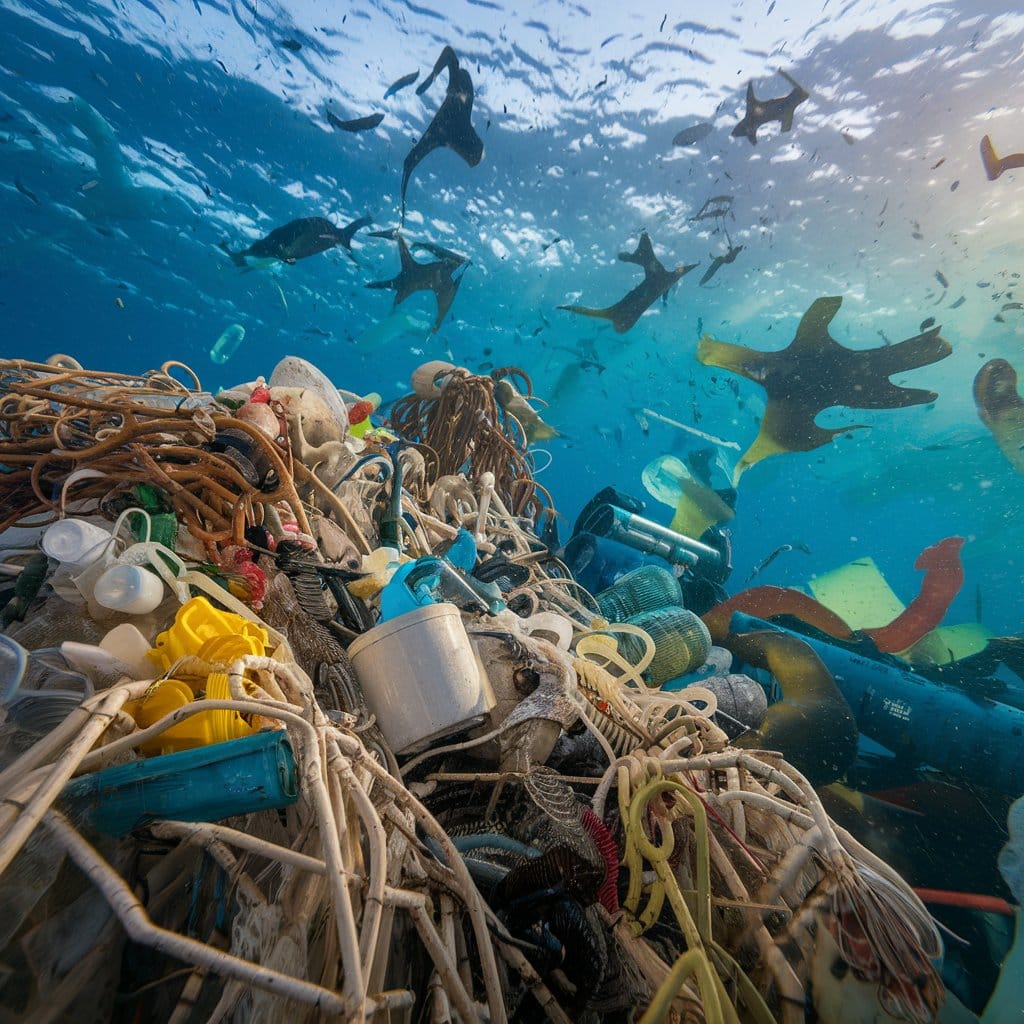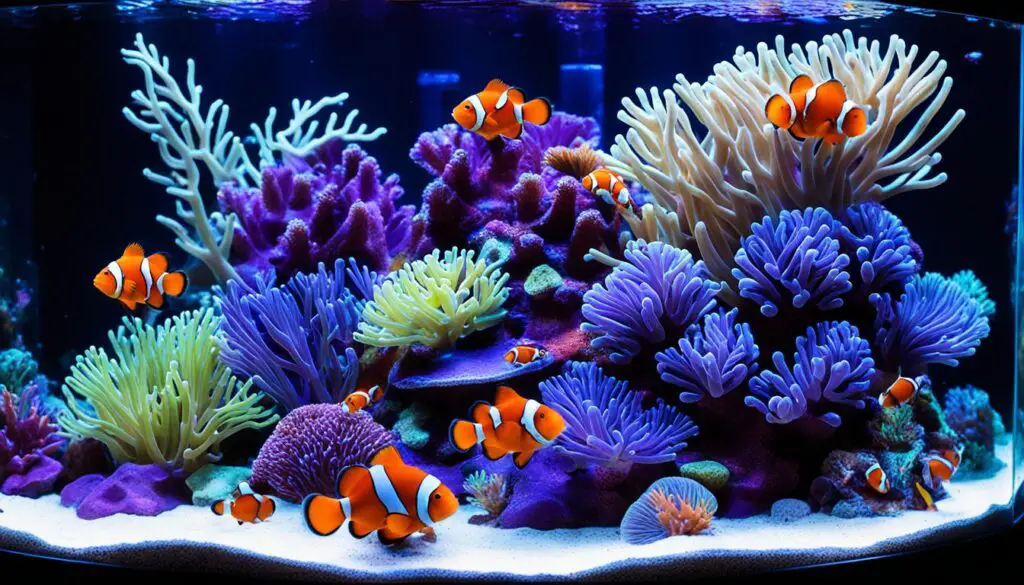What Do Cuttlefish Eat

Introduction
What Do Cuttlefish Eat: The dietary preferences and feeding habits of marine creatures are often a fascinating study of adaptation and ecological relationships. Among the cephalopods, the cuttlefish stands out as a master of both disguise and predation. Their dietary choices and feeding strategies offer a captivating glimpse into the underwater world and the complex interactions that shape marine ecosystems.
Cuttlefish are carnivorous cephalopods known for their remarkable ability to change color and texture, a feature they employ for both stealthy hunting and evasion of predators. Their diet, while diverse and adaptable, often centers around a selection of prey items that are found in their coastal and reef habitats. These elusive marine predators exhibit specialized feeding habits, demonstrating their exceptional agility and versatility in capturing live prey.
This exploration delves into the culinary preferences of cuttlefish, shedding light on the specific prey items they target, their hunting techniques, and the role they play as important predators in the underwater realm. Understanding what cuttlefish eat not only enriches our knowledge of marine life but also underscores the delicate balance of nature beneath the waves.

Do cuttlefish eat meat?
They generally range in size from 15 to 25 cm (6 to 10 in), with the largest species, the giant cuttlefish (Sepia apama), reaching 50 cm (20 in) in mantle length and over 10.5 kg (23 lb) in mass. Cuttlefish eat small molluscs, crabs, shrimp, fish, octopus, worms, and other cuttlefish.
Cuttlefish are carnivorous creatures, and their diet primarily consists of meat. They are skilled predators in the ocean, preying on a variety of marine life to sustain themselves. Cuttlefish have a diverse diet that includes a range of small to medium-sized aquatic animals.
Their preferred prey items typically encompass fish, crustaceans, and mollusks. Cuttlefish are highly adept hunters and use a combination of strategies to capture their prey. They employ their tentacles and powerful beaks to seize and consume their victims. Their remarkable ability to change color and texture allows them to approach their prey stealthily, making them even more effective predators.
In addition to their carnivorous diet, cuttlefish are known to be opportunistic feeders. This means they will consume whatever is readily available in their environment, adapting their diet to the local food sources and conditions. This adaptability, combined with their hunting prowess, makes cuttlefish fascinating and successful predators in the underwater world.
What do giant cuttlefish eat?
They feed predominantly on crustaceans and fish. Giant Cuttlefish are demersal animals that live in close association with (and frequently rest on) the seafloor. They use a range of behaviours to avoid predation, including complex camouflage and hiding within algae or the reef substrate.
Giant cuttlefish, also known as Sepia apama, have a diet that primarily consists of a variety of marine creatures found in their coastal habitats. Their feeding preferences are well-suited to their environment, and they are opportunistic carnivores. These fascinating cephalopods exhibit a diverse range of prey in their diet.
Giant cuttlefish are known to feed on a menu of small fish, crustaceans, and other cephalopods. They use their remarkable hunting skills to capture their prey, relying on a combination of their quick movements, keen eyesight, and their unique ability to change color and texture to approach their targets stealthily.
Their preference for different prey items can vary depending on what is locally abundant and available in their specific habitat. This adaptability in their diet is a key factor that contributes to their successful survival and thriving population in their native coastal regions. Giant cuttlefish are not only masters of camouflage and communication through color-changing abilities but also adept predators that play a crucial role in the marine ecosystem.
How does a cuttlefish eat?
In the middle of eight forward-reaching tentacles, there is a small beak, which cuttlefish use to break open the shells of mollusks, crabs, and other crustaceans. Cuttlefish also have two longer tentacles, with a single suction cup at each tip. They use these elongated arms to grab their prey.
Cuttlefish have a distinctive and efficient method of capturing and consuming their prey. Their feeding process involves a combination of physical adaptations, including their tentacles and beak, as well as their exceptional camouflage abilities.
When a cuttlefish identifies a potential meal, it extends its long, flexible tentacles to capture the prey. These tentacles are equipped with suckers that help the cuttlefish grasp and immobilize its target. Once the prey is secured, the cuttlefish employs its sharp, parrot-like beak to puncture the prey’s exoskeleton or body, enabling it to access the soft tissues and consume the meal. Cuttlefish have powerful jaws and a radula (a specialized feeding organ) that allows them to process their food efficiently.
One of the most remarkable aspects of a cuttlefish’s feeding behavior is its use of camouflage. Before approaching its prey, the cuttlefish can change its color and skin texture to match its surroundings, making it virtually invisible to the unsuspecting prey. This allows it to get close to the prey without being detected, enhancing its hunting success. The combination of stealthy approach, rapid tentacle strike, and efficient beak makes cuttlefish formidable and highly effective predators in their underwater world.
How much do cuttlefish eat?
Cuttlefish do eat a lot, but like most marine creatures they can be overfed. A healthy cuttlefish that feels secure in its surroundings is very likely to ‘beg’ for food and train its owner to give it more than it needs – especially if it is being fed live food.
The amount of food cuttlefish eat can vary depending on factors such as their age, size, and environmental conditions. Cuttlefish are opportunistic feeders and typically consume prey that is readily available in their habitat. In general, a cuttlefish’s diet is composed of small to medium-sized marine creatures, and they exhibit a flexible feeding behavior.
The feeding frequency and quantity of food consumed by cuttlefish can be influenced by their metabolic rate and the availability of prey. They are known to be voracious eaters, capable of consuming a substantial portion of their body weight in a day. This level of feeding is particularly crucial for young cuttlefish as they grow rapidly.
Cuttlefish are skilled hunters and can adjust their feeding patterns to accommodate variations in prey availability. In times of abundance, they may eat more frequently, while in periods of scarcity, they can reduce their feeding frequency. Their ability to adapt their feeding habits to environmental conditions is a key factor in their success as carnivorous cephalopods in the marine ecosystem.
Why do cuttlefish eat each other?
Cuttlefish may fight or even eat each other if there is inadequate tank space for multiple individuals.
Cannibalism in cuttlefish, where individuals of the same species consume each other, is a complex and intriguing behavior that occurs under specific circumstances. It’s important to note that not all cuttlefish exhibit cannibalistic behavior, and the reasons for this phenomenon can vary.
- Competition for Resources: One of the primary drivers of cannibalism in cuttlefish is competition for limited resources, such as food and territory. In environments with high population densities or scarce prey, cuttlefish may resort to cannibalism to eliminate rivals and reduce competition for these resources.
- Mating Competition: Male cuttlefish often engage in fierce competition for access to females during the breeding season. In some cases, larger or more dominant males may prey on smaller or weaker males to eliminate potential mating rivals. This behavior is linked to the drive to maximize reproductive success.
- Survival of the Fittest: Cannibalism can also be a form of natural selection, where the strongest or most successful individuals consume the weaker or injured ones. This can contribute to maintaining the overall fitness and health of the population by eliminating individuals with lower chances of survival.
Cannibalism in cuttlefish is a complex phenomenon influenced by ecological factors, reproductive competition, and resource availability. It is a strategy employed under specific conditions and not a regular or universal behavior among all cuttlefish.
What is the primary diet of cuttlefish in the wild?
The primary diet of cuttlefish in the wild consists of various marine creatures, making them skilled and versatile carnivorous predators. Cuttlefish are opportunistic feeders and their diet can vary depending on factors like their size, habitat, and prey availability. However, there are several key prey items that are commonly consumed by cuttlefish in their natural environments.
Small fish, particularly those that inhabit the same coastal and reef areas as cuttlefish, are a significant part of their diet. Cuttlefish use their agility and rapid strikes to capture these fish as a source of protein.
Crustaceans, including crabs and shrimp, are also a common part of a cuttlefish’s diet. These marine invertebrates are often found in the same habitats as cuttlefish and provide a nutritious food source.
Mollusks, such as small clams and snails, are another prey category for cuttlefish. Their ability to use their beaks to penetrate the hard shells of these mollusks allows them to access the soft tissues inside.
It’s important to note that cuttlefish are skilled hunters and use a combination of physical adaptations and remarkable color-changing abilities to capture their prey. Their diet reflects their adaptability and their role as important predators in marine ecosystems.
Do cuttlefish have specialized feeding habits or preferences?
Cuttlefish do exhibit specialized feeding habits and preferences that are adapted to their marine environments. While they are opportunistic carnivores and can consume a variety of prey, some preferences and behaviors are notable:
- Ambush Predators: Cuttlefish are known for their ambush predator behavior. They often lie in wait, blending into their surroundings by changing their color and texture, and then swiftly strike at passing prey. This strategy allows them to capitalize on their ability to change color and shape for stealthy hunting.
- Prey Selection: Cuttlefish tend to prefer live prey over dead or scavenged food. They are agile and skilled hunters, capturing small fish, crustaceans, and other cephalopods. Their preferred prey items often include animals that are readily available in their habitat and match their size and hunting capabilities.
- Cannibalism: In some cases, cuttlefish may engage in cannibalistic behavior, where they consume members of their own species. This typically occurs under specific conditions, such as competition for resources or access to mates, and is not a regular part of their diet.
These feeding habits and preferences are tailored to the ecological niches cuttlefish occupy in marine ecosystems. Their versatility and adaptability in hunting strategies and prey selection make them highly effective and intriguing carnivorous creatures in the underwater world.
Are there any specific prey items that cuttlefish are known to hunt and consume?
Cuttlefish are skilled hunters and have a diverse diet, encompassing a wide range of marine creatures. Some specific prey items that cuttlefish are known to hunt and consume include:
- Small Fish: Cuttlefish are voracious predators of small fish. They use their agility and rapid tentacle strikes to capture fish that share their coastal or reef habitats. These prey items provide a source of protein and are a significant part of their diet.
- Crustaceans: Crustaceans, such as crabs and shrimp, are a common prey category for cuttlefish. Cuttlefish are adept at seizing these marine invertebrates using their tentacles and beak, making crustaceans a valuable source of nutrition.
- Mollusks: Cuttlefish have specialized beaks that allow them to penetrate the hard shells of mollusks. They often consume small clams and snails, accessing the soft tissues inside these shells. Mollusks are another important component of their diet.
- Other Cephalopods: While cuttlefish are opportunistic feeders, they are also known to consume other cephalopods, such as small squids. They use their hunting prowess to capture and consume these relatives within the cephalopod family.
The specific prey items cuttlefish target may vary based on their size, habitat, and prey availability. Their versatile hunting abilities and remarkable camouflage make them successful and adaptable predators in a variety of marine environments.

Conclusion
The dietary habits of cuttlefish offer a compelling window into the intricacies of marine life and the ways in which these remarkable cephalopods have evolved to thrive in their underwater habitats. As opportunistic carnivores, cuttlefish showcase a diverse diet that reflects their adaptability and hunting prowess. Their preferences for specific prey items, such as small fish, crustaceans, mollusks, and even other cephalopods, highlight their versatile and efficient hunting strategies.
The ability of cuttlefish to change color and texture as part of their hunting and camouflage techniques adds an extra layer of intrigue to their feeding habits. This extraordinary skill allows them to blend seamlessly into their surroundings, making them elusive predators in their coastal and reef habitats. Their use of ambush tactics, swift tentacle strikes, and precision beak strikes showcases their proficiency as hunters.
Cuttlefish are integral components of marine ecosystems, playing roles as both consumers and potential prey for larger predators. Their dietary choices reflect their adaptability to the ever-changing conditions of the underwater world. Understanding what cuttlefish eat provides valuable insights into the intricate web of life beneath the waves, emphasizing the importance of preserving these ecosystems and the remarkable creatures that inhabit them.



